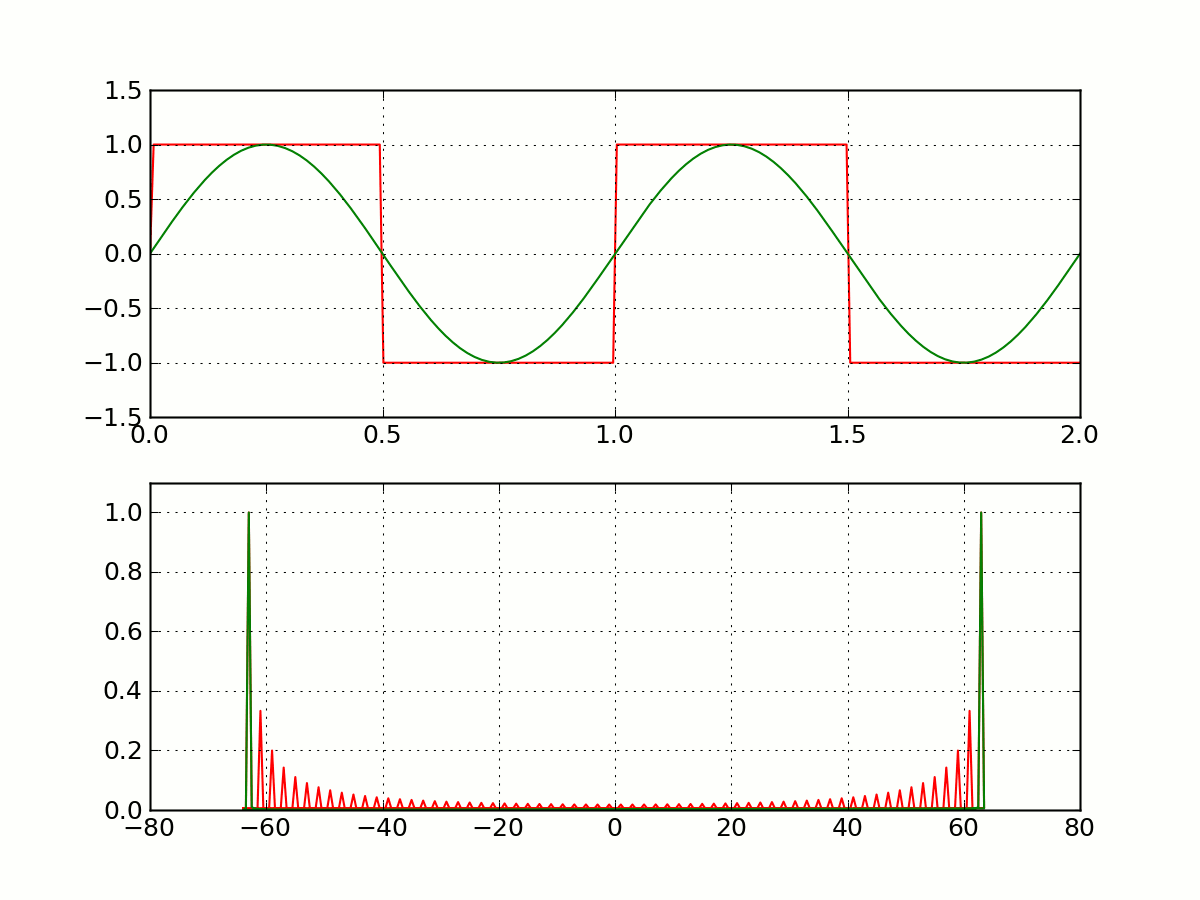FQXi: Is Reality Digital or Analog? |
|
1 | 2 | 3 | 4 | 5 | 6 | 7 | 8 | 9 | 10 | 11 | 12 | 13 | 14 | 15 | 16 | 17 | 18 | 19 | 20 | 21 | 22 | 23 | 24 | 25 | 26 | 27 | 28 | 29 | 30 | 31 | 32 | 33 | 34 | 35 | 36 | 37
Scientific American magazine, being one of three partners, published the runner-up entry in the December 2012 issue: University of Cambridge professor of theoretical physics professor David Tong's paper argues that the world is in fact fundamentally analog. Professor Tong actually tied for second place, but for some reason SciAm does not tell us whether the other second place paper supported an analog or digital viewpoint. For that matter, it did not say which side the winning paper came down on. Strange. I looked it up on the FQXi website. First place went to Jarmo Makela, who believes reality is digital in nature based on a personal discussion with Isaac Newton in his London home in the year 1700. When confronted with the question, Newton replied, "Why, digital of course"... "Because I have calculated it." No wonder it won top honors - who can argue with Newton himself? The tying second place entry was by Tobias Fritz, who agrees with his peer that the world is indeed analog. Says Mr. Fritz, "...continuous three-dimensional relativistic spacetime emerges from the discrete hexagonal crystal lattice of graphene." Personally, I am soundly on the analog side of the fence. The digital proponents typically rely on the strength of quantum mechanics theory in defending their position. While this might seems obvious since the word 'quantum' implies discreteness, the reality is that in theoretical physics nearly every major 'known' truth ends up being reversed or significantly modified as more and more is learned through empirical experimentation. Frictional heat was originally attributed to the presence of 'caloric', stars and planets were believed to reside in the upper atmosphere; the ability of a particle to breech an impenetrable barrier (tunneling) was impossible; light first had a wave nature and then also a particle nature; space had only three dimensions and then eleven or more according to string theory; electrons, protons and neutrons comprised all of the elementary particles, then came the Standard Model with quarks and leptons, then added fermions (massive particles) and bosons (force-carrying particles); Bohr logically concluded based on observation that the atom could be described using a discrete planetary model for electron orbitals and then the probability distribution model came along and literally clouded Bohr's theory. Long-held beliefs in medicine, mathematics, economics, psychology, and astronomy are constantly being revised or even completely abandoned.
 Watch Gibbs Phenomenon animation using various numbers of harmonics. Animated GIF from the Wikipedia website. The deeper we delve into quantum physics, the more infinitesimally small nature's building blocks become. If we apply at a high level the definition of an integral to the concept of quantum mechanics, we have expressed the very method by which we are able to calculate, say, the area under the curve of a continuous (analog) function. It is the same way we define a continuous function waveform by taking samples at discrete intervals to obtain a digital representation, and are then able to reverse the process to recover the original function. By summing an infinite number of discrete entities over some interval, we arrive at the entirety of a function. This always seems to work for real-world subjects. Summing one discrete packet less than all available, no matter how large the sample, will never result in completeness. Anything less is an approximation. One of the most familiar examples of this for electrical engineers is one of the concepts that most impressed me in school - the Gibbs Phenomenon. The Fourier series for a square wave is comprised of a weighted summation of the fundamental frequency and ALL of its odd harmonics. If even the least significant addend is omitted, even the one at ∞-1, then the resultant waveform exhibits an overshoot at the edges (see animation above).
Of course there will never be a way to be absolutely certain about the analog versus digital debate. We will never be able to know whether any particle or energy quantum we detect today is as fundamental as it can be. The next smaller increment might just take us into a yet-to-be-discovered dimension of spacetime.
BTW, FXQi's current contest can be found here: "https://fqxi.org/community/contest"
Posted Posted March 25, 2020 |
 "
"

